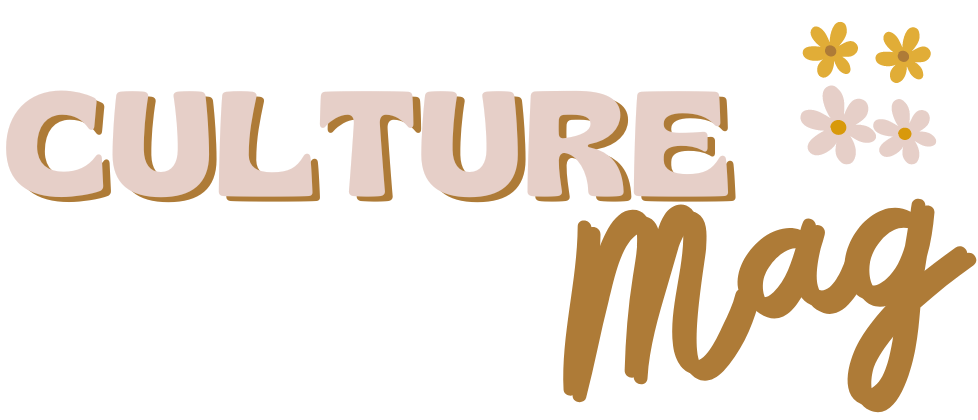In the silent ballet of nonverbal communication, the handshake plays the role of a majestic opening, revealing the hidden nuances of our personality. This daily, often ephemeral gesture can send out a range of clues about our confidence, our authority, and even our intentions. Let’s discover what your way of shaking hands says about you, deciphering gesture by gesture, this language of touch that speaks even before the words take shape.
Decryption of a handshake
There exists a variety of ways to shake hands, and each can convey a different message to your interlocutor. A handshake can be firm or gentle, brief or prolonged, and may or may not include eye contact. From these nuances emanates a subtle body vocabulary, capable of indicating confidence, aggressiveness, dominance, submission, or even human warmth.
There firmness and duration of contact play a central role in non-verbal communication. Too light pressure can be perceived as uncertainty, while too forceful a hug can seem aggressive. Brief contact may signal haste or indifference, while sustained contact may be interpreted as a sign of connection or control.
The firm handshake: confidence and authority
A handshake farm is often interpreted as a sign of strength of character and self-confidence. Individuals who offer such a handshake are generally perceived to be more decisive and authoritative. This grip strength is particularly valued in a professional context, where it can symbolize competence and determination.
Additionally, a strong handshake establishes a solid basis for professional relationships. It helps leave a positive first impression, often crucial during job interviews or business meetings. It can also reflect a high level of commitment and seriousness in the exchanges.
The gentle handshake: sensitivity or shyness
A handshake less confident, with low pressure, can be indicative of sensitivity or shyness. Some people practice it naturally, to avoid appearing too invasive. Others might squeeze her gently in an attempt to be conciliatory or respectful.
However, in certain environments, particularly those where trust and authority are essential, a handshake that is too light can unfortunately lead to an erroneous perception of weakness or lack of confidence. It is therefore important to consider the context in which you find yourself to adjust your way of shaking hands.
The extended handshake: search for connection or influence
A handshake that continues beyond the usual time can convey a desire to create a deeper connection or demonstrate influence. It can be seen as an intentional gesture to establish rapport or to show special interest in a person.
There power dynamics may also be at play in these circumstances. Sometimes a hand that doesn’t let go signals a need to control the interaction or dominate the exchange, which can be intimidating or reassuring, depending on the reception from the person opposite.
The handshake that avoids eye contact
Another important element is the question of eye contact during the handshake. Avoiding making eye contact with others may indicate a lack of self-confidence or a desire to hide. Eye contact is a key component of nonverbal communication and serves to reinforce the sincerity and trust conveyed by the handshake.
Thus, a handshake accompanied by a frank and direct look can amplify authenticity of the exchange, while a handshake without this element can leave an impression of incompleteness or even unease. Again, balance is key to communicating effectively.
The handshake with additional contact
Some go beyond the simple handshake by adding a touch on the shoulder or the arm. This gesture can mean extra cordiality, a sign of reassurance, or an attempt to create closeness. It is often well received in an informal context where human warmth is appreciated.
However, it is important to know how to read the situation, because this increased proximity can sometimes cross the boundaries of the other’s personal space, especially if one is not intimate. The unspoken barriers of social distancing should be respected to avoid any misunderstanding.
Cultural dynamics and variations of the handshake
THE cultural norms strongly influence handshake styles and their interpretation. What is seen as a mark of trust in one culture may be perceived differently in another. It is essential to learn about local customs to avoid misunderstandings that could arise from cultural ignorance.
Internationally, adaptability is key. Knowing when to offer a handshake, adjust its firmness, or avoid the gesture entirely can facilitate interactions and establish mutual respect. Cultural intelligence is therefore a valuable asset for navigating the global business landscape.
Tips for Mastering Your Handshake
Improving the quality of your handshake can have a significant impact about how others perceive your personality. It is important to practice a handshake that is neither too firm nor too weak, and is accompanied by appropriate eye contact.
Focus on a handshake that reflects authenticity and respect can strengthen first impressions and help build a solid foundation for future relationships, whether personal or professional.
Ultimately, the way you shake hands can say a lot about you. It is an integral part of your body language and deserves attention and reflection. By understanding and mastering the subtleties of this gesture, you can ensure that your handshake positively reinforces your personal and professional image.

